We’ve all been there—reaching for a chocolate bar or craving a sugary snack even when we’re not truly hungry. Sugar cravings can feel overwhelming, making it challenging to maintain a healthy diet. But the good news is that you can reduce sugar cravings naturally by understanding their root causes and making simple yet effective lifestyle changes.
Why Do We Crave Sugar?
Sugar cravings are often driven by a combination of biological, psychological, and environmental factors. When we consume sugar, our brain releases dopamine, the “feel-good” neurotransmitter, making us associate sugar with pleasure. Additionally, blood sugar fluctuations, stress, lack of sleep, and even habit formation can all contribute to sugar cravings.
In this article, we’ll explore seven science-backed strategies to help you curb those sweet temptations and take control of your health.
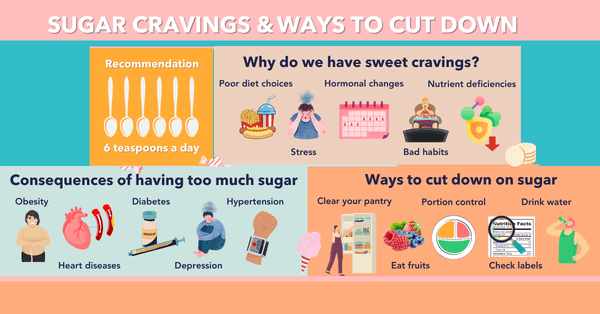
1. Prioritize Protein and Healthy Fats
One of the most effective ways to reduce sugar cravings is to keep your blood sugar levels stable. Protein and healthy fats help slow digestion, preventing rapid spikes and crashes in blood sugar, which often lead to cravings.
What to Eat:
- Lean meats (chicken, turkey, fish)
- Eggs
- Nuts and seeds (almonds, chia seeds, flaxseeds)
- Avocados
- Olive oil and coconut oil
A study published in the American Journal of Clinical Nutrition found that diets rich in protein significantly reduced cravings and late-night snacking (source: NCBI).
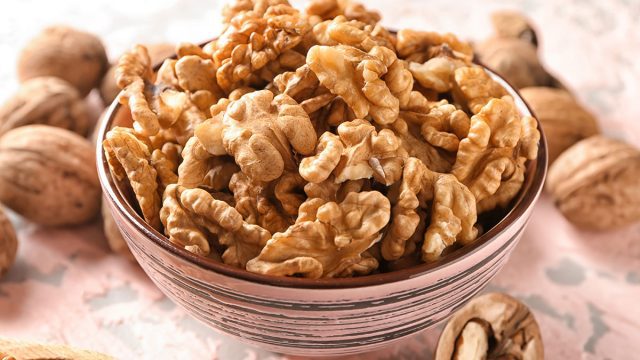
Meal Plan Tip:
Start your day with a high-protein breakfast like scrambled eggs with avocado or a smoothie with Greek yogurt and chia seeds.
2. Stay Hydrated
Dehydration is often mistaken for hunger, which can lead to sugar cravings. Drinking enough water throughout the day helps regulate appetite and reduces unnecessary snacking.
Tips to Stay Hydrated:
- Drink at least 8–10 glasses of water daily
- Start your morning with a glass of water
- Add lemon, cucumber, or mint for a refreshing twist
Research from The Journal of Nutrition found that even mild dehydration can increase the desire for sugary foods (source: PubMed).
3. Get Enough Sleep
Lack of sleep disrupts hormones that regulate hunger and cravings. When you’re sleep-deprived, your body produces more ghrelin (the hunger hormone) and less leptin (the satiety hormone), leading to increased sugar cravings.
How to Improve Sleep:
- Aim for 7–9 hours of quality sleep each night
- Maintain a consistent sleep schedule
- Avoid screens before bedtime
- Reduce caffeine intake in the evening
A study published in Sleep Health found that people who slept less than 6 hours a night had a higher tendency to crave sugary and high-calorie foods (source: ScienceDirect).
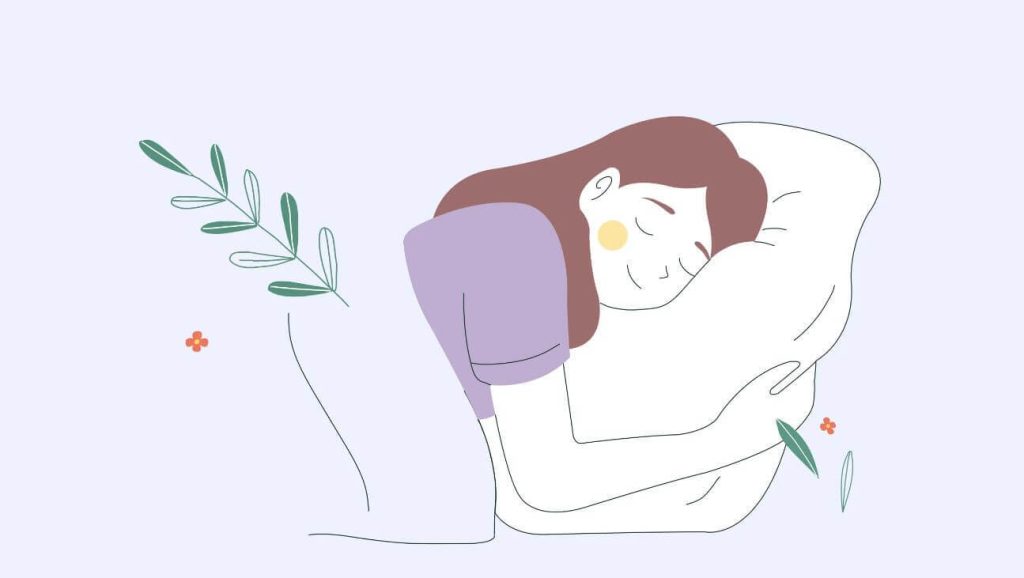
4. Manage Stress Levels
Stress triggers the release of cortisol, a hormone that increases sugar cravings as the body seeks quick energy. Managing stress can significantly reduce cravings and improve overall well-being.
Effective Stress Management Techniques:
- Practice deep breathing or meditation
- Engage in regular exercise (yoga, walking, or strength training)
- Listen to music or read a book
- Spend time in nature
A study from Psychoneuroendocrinology found that mindfulness meditation reduced cravings and emotional eating (source: ScienceDirect).
5. Eat Fiber-Rich Foods
Fiber helps keep you full longer, stabilizes blood sugar levels, and prevents sudden sugar crashes that trigger cravings.
Best Sources of Fiber:
- Whole grains (quinoa, oats, brown rice)
- Vegetables (broccoli, spinach, carrots)
- Fruits (apples, berries, pears)
- Legumes (lentils, chickpeas, black beans)
A study published in the Journal of Nutrition confirmed that higher fiber intake leads to reduced sugar cravings and improved overall diet quality (source: NCBI).
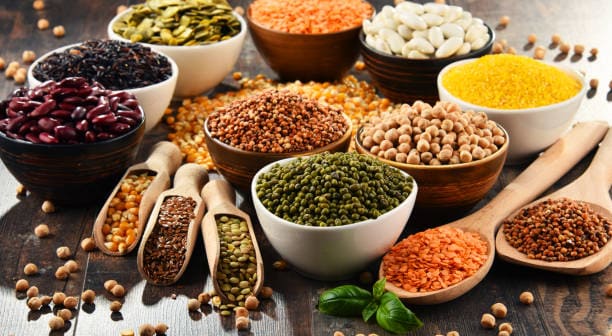
Practical Tip:
Swap refined carbs with fiber-rich whole foods. For example, replace white rice with quinoa or pasta with zucchini noodles.
6. Avoid Artificial Sweeteners
While artificial sweeteners may seem like a good alternative, they often increase sugar cravings by tricking your brain into expecting a sugar rush, which leads to more cravings.
Healthier Alternatives:
- Stevia (natural sweetener)
- Raw honey (in moderation)
- Maple syrup (in small amounts)
- Coconut sugar
A report from Nature Neuroscience found that artificial sweeteners disrupt the brain’s reward system and can lead to increased sugar intake over time (source: Nature).

7. Plan Balanced Meals and Snacks
Skipping meals or waiting too long between meals can lead to intense sugar cravings. Instead, focus on eating balanced meals and nutrient-dense snacks throughout the day.
Healthy Snack Ideas:
- Greek yogurt with nuts and berries
- Hummus with vegetable sticks
- Hard-boiled eggs
- A handful of almonds or walnuts
A study in Appetite Journal found that people who planned and prepared meals in advance were less likely to experience cravings and binge on sugary foods (source: ScienceDirect).
FAQs About Sugar Cravings
1. Can I completely eliminate sugar from my diet?
It’s difficult to eliminate sugar entirely, and doing so isn’t necessary. The key is to reduce added sugars and choose natural sources like fruits in moderation.
2. How long does it take to break sugar cravings?
It typically takes 10–21 days for your body to adjust to lower sugar intake. During this time, you might experience withdrawal symptoms like headaches or fatigue.
3. Is dark chocolate a good alternative for sugar cravings?
Yes! Dark chocolate (70% or higher cocoa) contains less sugar and is rich in antioxidants, making it a better choice when you have a craving.
Final Thoughts
Sugar cravings can be difficult to control, but by making small, sustainable changes to your diet and lifestyle, you can significantly reduce your dependence on sugar. Focus on nourishing your body with whole, nutrient-rich foods, staying hydrated, getting enough rest, and managing stress effectively.
If you found this guide helpful, share it with someone who might be struggling with sugar cravings! Have any tips that worked for you? Drop a comment below.


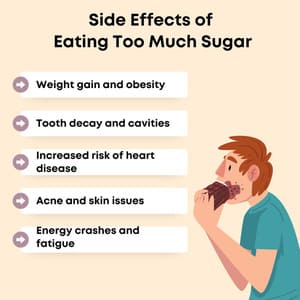
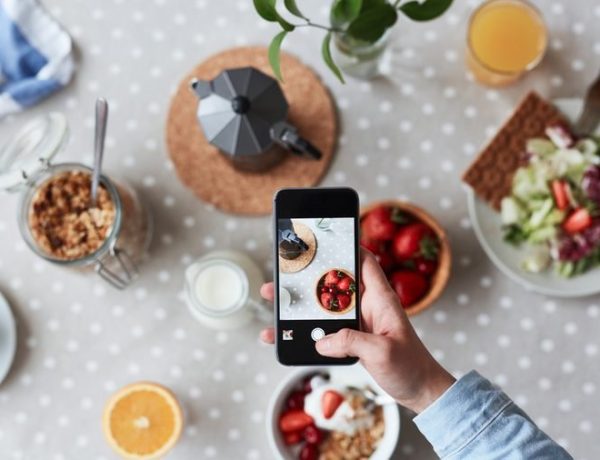
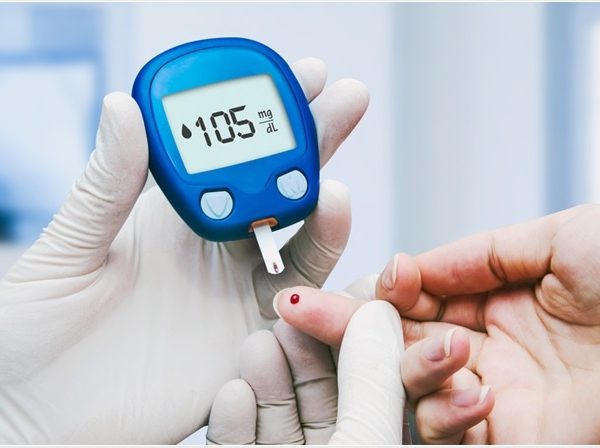





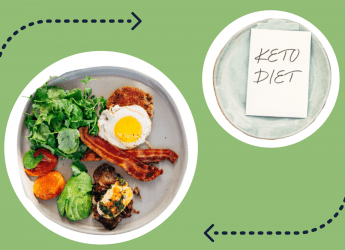



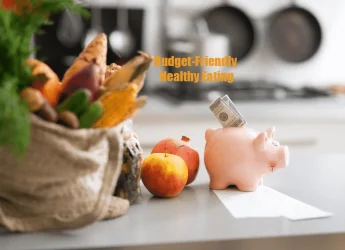

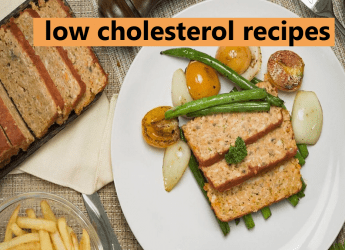
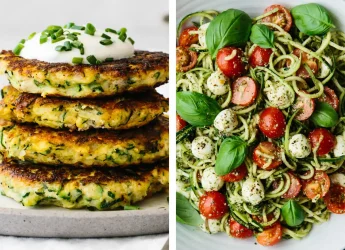

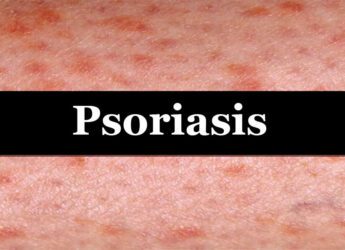





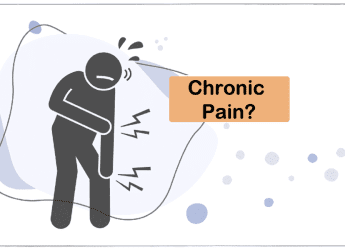
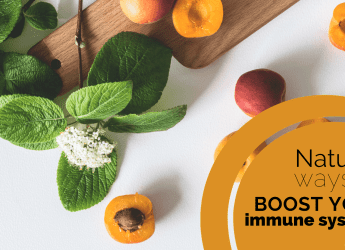
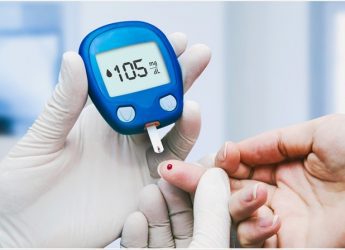

No Comments